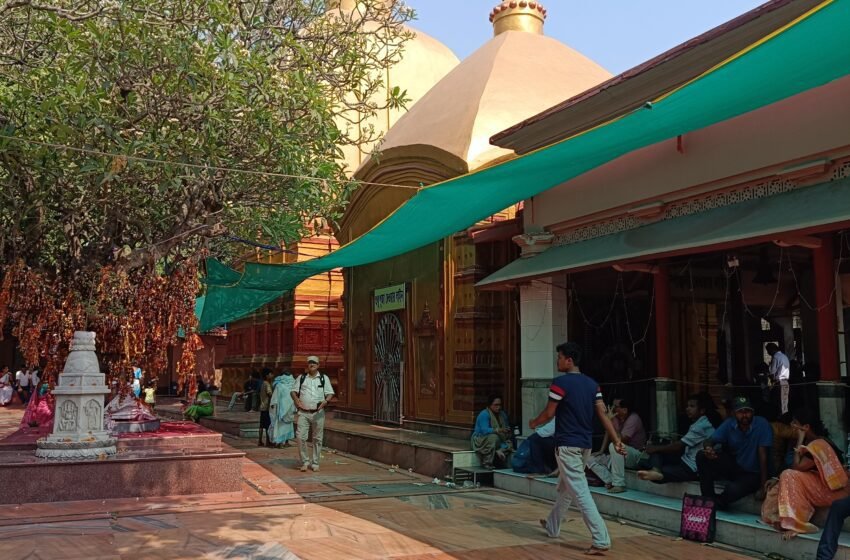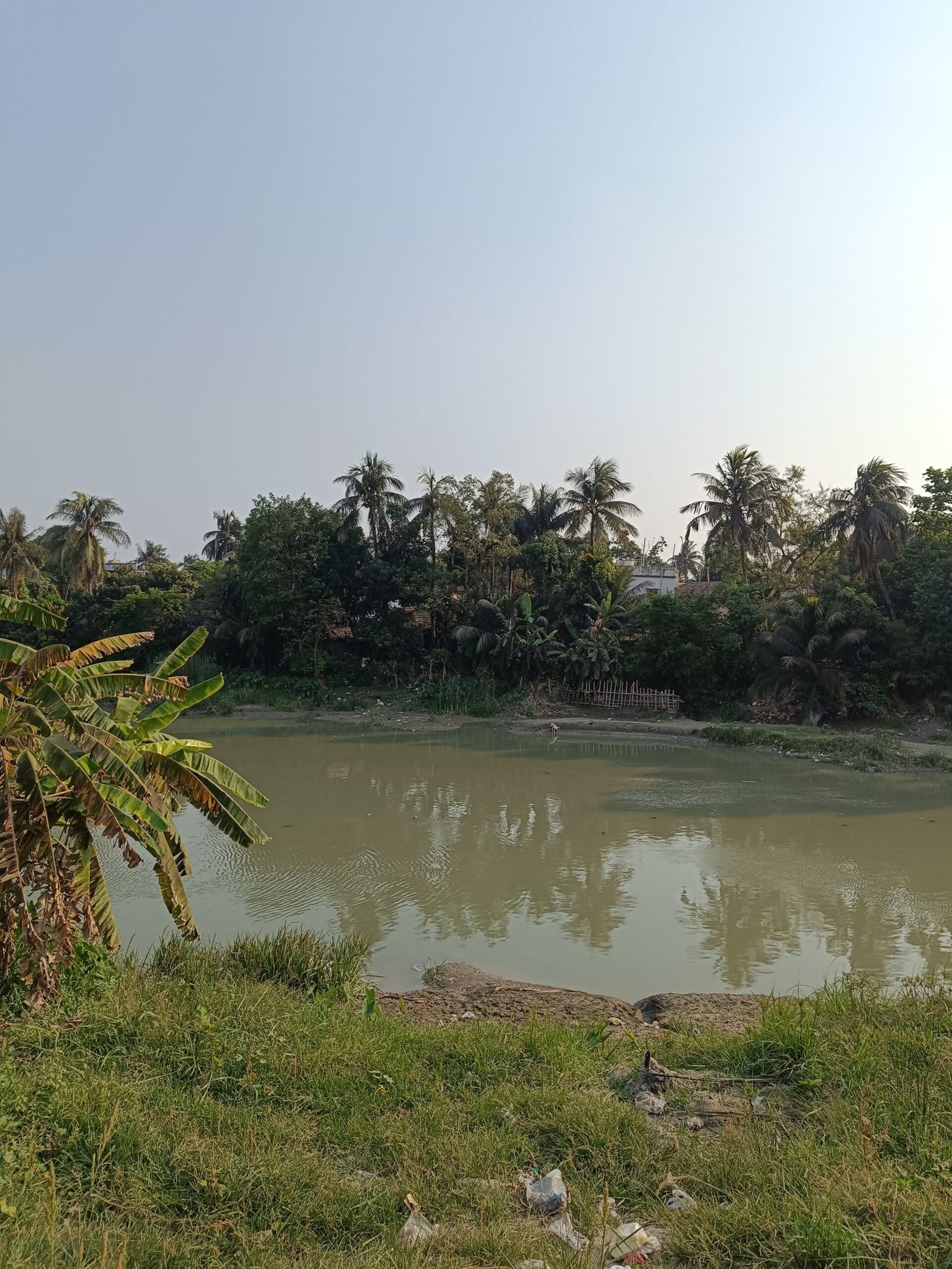Unveiling the Mystique: Exploring the Rich Heritage of Bargabhima Mandir

Unveiling the Sacred Splendor: Exploring Bargabhima Temple in West Bengal. Bargabhima Temple, nestled in the serene environs of Tamluk in the Purba Medinipur district of West Bengal, stands as a venerable monument to Hindu devotion and cultural heritage. This ancient temple, dedicated to the worship of the formidable Goddess Kali, holds a special place in the hearts of devotees and historians alike.

Ancient Roots and Mythical Legends:
The origins of Bargabhima Temple trace back to ancient times, with references to its sacred precincts found in the epic Mahabharata. Legend has it that this hallowed site was once acquired by the mighty Bhima, one of the Pandava brothers. Moreover, Bargabhima Temple is revered as one of the 51 Shakti Peethas, marking the spot where the left ankle of the goddess Sati is believed to have fallen during Lord Shiva’s tandava (cosmic dance).
Cultural Syncretism and Architectural Marvel:
Over the centuries, Bargabhima Temple has evolved into a symbol of cultural syncretism, blending elements of Bengali Hindu and Buddhist traditions. Though the current temple structure dates back to its reconstruction following the Islamic occupation of Bengal in the Middle Ages, its architectural grandeur and spiritual significance have endured the test of time.

Spiritual Oasis and Freedom Struggle:
Throughout history, Bargabhima Temple has served as a sanctum of solace and inspiration for devotees and freedom fighters alike. It witnessed the solemn oaths of many brave souls from the Midnapore district who vowed to uphold dharma (righteousness) and liberate their motherland through armed revolution. Notably, the revered revolutionary Khudiram Bose was known to frequent this sacred site for worship.
Festivals and Rituals:
The devout fervor of Bargabhima Temple comes to life during the vibrant celebrations of festivals such as Durga Puja, Bengali New Year, and Kali Puja. Devotees gather in large numbers to offer prayers and seek blessings from the divine mother. One distinctive aspect of the temple’s rituals is the preparation of non-vegetarian prasad (sacred offering) for Devi Bargabhima, with cooked Snakehead murrel (locally known as ‘sol mach’) being a mandatory offering. While the bali ritual has been abolished, its memory still echoes through the annual observance.

Preservation and Reverence:
Designated as a Heritage Site by the West Bengal Government, Bargabhima Temple stands as a testament to the enduring legacy of India’s spiritual and cultural heritage. Efforts to preserve its sanctity and architectural integrity ensure that future generations can continue to marvel at its splendor and draw inspiration from its sacred aura.
The Legacy of Rupnarayan River:
The Rupnarayan River, with its meandering course and fertile banks, has been revered since time immemorial as a source of sustenance and prosperity for the region. Flowing gracefully through the heartland of India, it served as a vital conduit for trade and transportation, linking the hinterlands with bustling ports and distant markets. Traders traversed its waters, ferrying goods and commodities that ranged from spices and textiles to precious metals and gemstones.

Trade Routes and Cultural Exchange:
In antiquity, the Rupnarayan River formed part of the extensive network of maritime trade routes that crisscrossed the Indian Ocean, connecting the Indian subcontinent with civilizations as distant as Rome, Egypt, and Southeast Asia. Merchants from these far-flung lands would navigate the river’s currents, docking their vessels at bustling ports and trading posts along its banks. Here, they would engage in lively commerce, exchanging not only goods but also ideas, languages, and traditions.
Pilgrimage and Tourism:
For pilgrims embarking on a spiritual journey, Bargabhima Mandir holds a special place of reverence. Many devotees undertake arduous pilgrimages from far-flung corners of the country to seek the blessings of Lord Shiva at this sacred abode. Moreover, the temple’s architectural splendor and cultural significance attract tourists and history enthusiasts alike, offering them a glimpse into the rich tapestry of India’s religious and architectural heritage.

In essence, Bargabhima Temple is not merely a place of worship but a beacon of divine grace and historical significance, inviting all who seek solace and spiritual enlightenment to experience its timeless charm and profound resonance.


